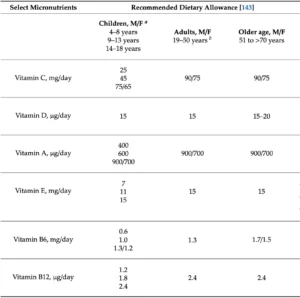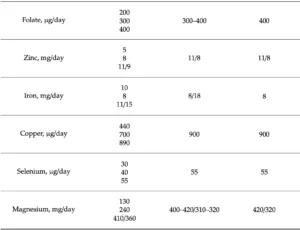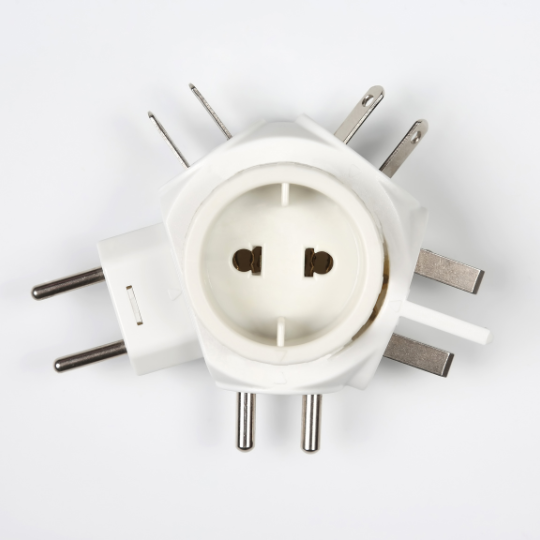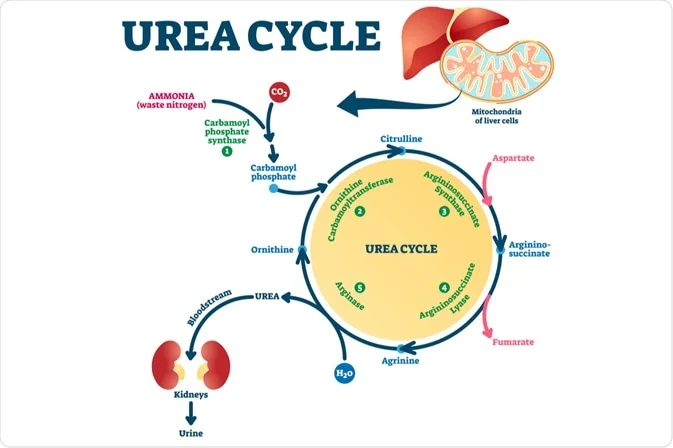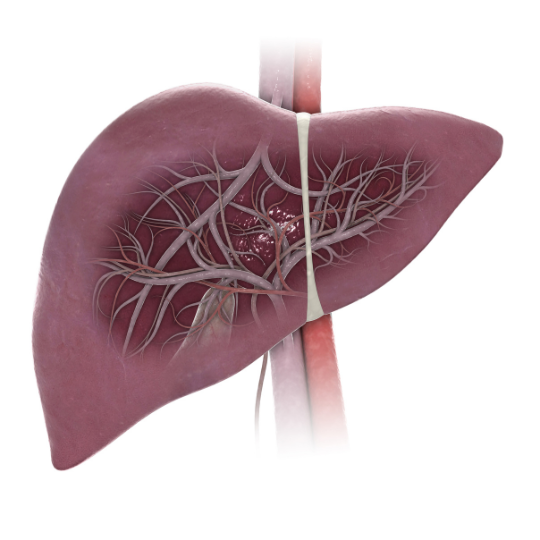First things first: what is RDA?
You’ve probably heard about minimum nutritional requirements, which provide us information on the minimum amount of a particular nutrient that is necessary to maintain good health. Recommended daily allowances (RDAs) are guidelines which provide us this information. These recommendations are based on factors such as age, gender, and other states of life, such as pregnancy, and are intended to help individuals ensure that they are getting enough nutrients to meet their body’s needs.
Some of the main micronutrients and its recommendations are shown in the following table:
RDA Variability
RDAs shown in the table are general recommendations. However, there are a number of other traits that can influence your own personal nutrient requirements. For example, physical activity level and metabolism can play a role in determining how much of a particular nutrient each person needs. Also, individuals with digestive disorders, such as Crohn’s disease or celiac disease, may have difficulty absorbing certain nutrients, so in these cases, it may be necessary to adjust RDAs to account for the decreased absorption of nutrients.
Genetic Impact on RDA
There is also a genetic factor that could alter your absorption rates and thus, nutrient requirements.

Two very well known genes that affect nutrient absorption are:
- MTHFR: The methylenetetrahydrofolate reductase (MTHFR) gene encodes for the enzyme, methylenetetrahydrofolate reductase, which catalyzes the reaction to produce the primary form of folate in the blood and a required element in the conversion of homocysteine to methionine. The SNP rs1801133 is well known to cause enzyme deficiencies, which causes lower blood folate and higher blood homocysteine concentrations in individuals. In this case, it would be beneficial to increase the folate RDA for the individual.
- CYP2R1, CYP27B1 and VDR (vitamin D receptor gene): these genetic variants are associated with blood levels of 25(OH)D (active form of vitamin D). Individuals with SNPs in any of these genes have higher risk of vitamin D deficiency. In these cases, increasing vitamin D RDA could be beneficial for better health.
RDA Management
But how exactly could you know if you are consuming enough nutrients? Well, there are several methods that can be used to assess nutrient absorption in order to adjust RDAs on a case by case basis. These methods include measuring the concentration of nutrients in the blood, analyzing the levels of nutrients in urine and feces, and examining the nutritional status of an individual through physical examination and other diagnostic tests.

Overall, it is important to consider that RDA is not a global recommendation and that it depends on each person’s age, gender, pregnancy, physical activity level, metabolism, and genetics. Let us help you determine your own personal RDAs and boost your health and wellbeing.
